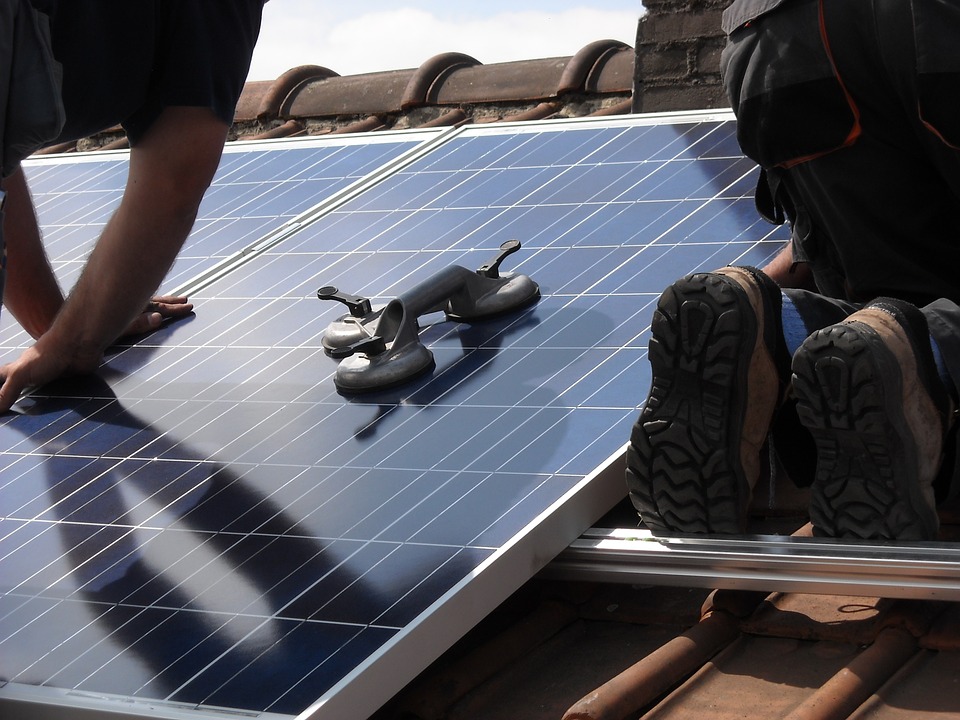
26 Aug Tips to Troubleshoot a Solar System
Solar panels are highly-efficient sources of clean and sustainable electricity. Electricity generated by solar panels is stored in solar batteries for future use. The component parts of a solar system panel have a long lifespan, and they are durable enough to withstand harsh weather conditions. However, just like anything man-made, the component parts of a solar panel system may occasionally fail or perform below expectations. In order to bring back your solar panel system to its optimal condition, perform some troubleshooting to determine where the problem lies.
There is a need for a solar system troubleshoot when you experience either no power output or a lower power output. Zero power output is usually caused by a fault in the inverter or in the charge controller. It can also be due to the failure of one solar panel in the array. The photovoltaic cells are connected with one another in a series, and the failure of one will cause the whole system to shut down. A low power output could be due to several factors:
- Temperature – As ironic as it sounds, solar panels do not perform optimally when the temperature gets too high. As the temperature of the solar panels rises, the voltage will continue to drop.
- Shading – Shading will interfere with the sunlight that powers the solar panels. Check the surrounding of the solar panels to make sure there are no tree branches blocking sunlight from your panels..
- Faulty solar panels – Solar panels may show some defects such as junction box faults or delamination. When these things happen, check with the solar company that installed your system to determine if your affected panels need a repair or replacement.
- Faulty connections – There could be problems with the wiring. A faulty or loose connection could result in low power output. You can troubleshoot your wiring system by checking them at various points using a multimeter. This will help you find out the points where the low-voltage problems occur.
There is no problem with a solar panel system that could not be given a solution. It is only a matter of finding where the problem is and what caused it.



